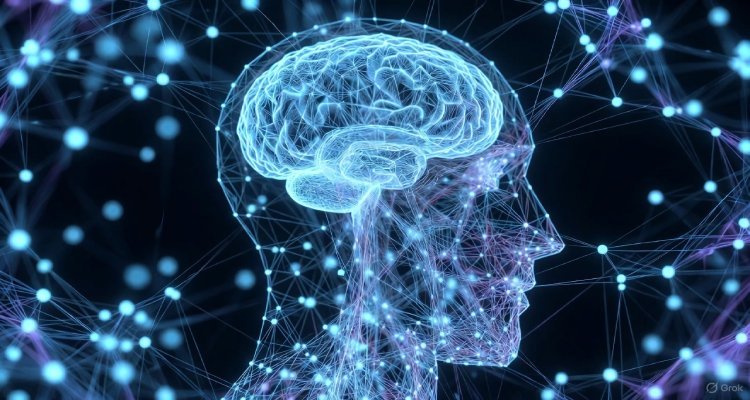When Taste Disappears: The Rare Condition Changing How We Eat
A rare condition that robs people of their sense of taste is quietly reshaping eating habits, nutrition, and food culture worldwide.
Introduction: A Meal Without Flavor
Imagine biting into a slice of pizza—its steam rising, cheese bubbling—only to feel… nothing. No tang of tomato, no richness of cheese, no comfort from the flavors you love. For people living with ageusia, the complete loss of taste, this is daily reality. While the condition affects only a small percentage of the global population, its impact on physical health, mental well-being, and even the food industry is far greater than most realize.
The Hidden World of Taste Loss
Ageusia can be triggered by multiple causes—viral infections (including COVID-19), head injuries, certain medications, neurological disorders, and even rare genetic conditions. Unlike temporary taste changes caused by a cold or flu, complete taste loss can last months, years, or a lifetime.
Studies suggest that fewer than 5% of taste disorder cases are total loss, but for those affected, the world becomes a flat, flavorless landscape. Without taste, eating is reduced to texture and temperature, stripping away much of the emotional connection people have with food.
A Growing Medical Concern
Although taste disorders have existed for centuries, the COVID-19 pandemic brought them into sharper focus. Doctors began documenting a surge in patients reporting partial or complete loss of taste, sometimes lingering long after recovery.
Dr. Helena Ortiz, a neurologist specializing in sensory disorders, explains:
“Taste isn’t just about pleasure—it’s a key survival mechanism. It warns us against spoiled food, helps regulate appetite, and influences digestion. Losing it disrupts both nutrition and emotional well-being.”
Beyond COVID, chemotherapy patients, individuals with nerve damage, and people exposed to certain chemicals in industrial workplaces are increasingly being diagnosed with ageusia.
How It Changes Eating Habits
When taste disappears, eating becomes an exercise in necessity rather than enjoyment. People often seek out foods with extreme textures—crunchy chips, creamy soups—or strong sensations like chili heat and menthol coolness to simulate sensory satisfaction.
However, this adaptation comes with risks:
- Over-reliance on sugar or salt for stimulation, potentially leading to high blood pressure or diabetes.
- Undereating, as food loses its appeal, resulting in unintentional weight loss and nutrient deficiencies.
- Mental health effects, including depression, due to the emotional role food plays in social bonding.
Public Reaction & Personal Stories
Support groups and online communities for people with taste loss have grown significantly over the past decade. Members share coping strategies, from experimenting with spices to embracing visually appealing meals as a substitute for flavor.
One such member, 34-year-old graphic designer Laura Kim, says:
“At first, I stopped caring about food. But then I realized I had to retrain myself to enjoy eating in different ways—through color, texture, and smell. It’s not the same, but it’s something.”
The Food Industry’s Response
The rise in awareness has prompted chefs, food scientists, and nutritionists to rethink menu design. Some restaurants now offer “multi-sensory dining experiences” with heightened aromas, vibrant plating, and dramatic soundscapes to engage other senses when taste is absent.
Food manufacturers are experimenting with “sensory amplification”, using safe flavor enhancers and textural innovations to cater to those with impaired taste.
Impact & What Comes Next
If current trends continue, ageusia and other taste disorders could become more recognized as public health issues, leading to better diagnostic tools, targeted therapies, and insurance coverage for treatment. Researchers are also exploring nerve regeneration techniques and taste bud stimulation devices as potential solutions.
In the meantime, awareness campaigns aim to break the silence around the condition—many sufferers avoid speaking up, fearing their struggle will be seen as trivial.
Conclusion: Beyond Flavor
Taste is more than a sense—it’s part of our identity, culture, and joy. The loss of it is not just a medical issue but a deeply human one. As science advances and awareness grows, the hope is that no one will have to navigate a flavorless world alone.
Disclaimer: This article is for informational purposes only and does not substitute professional medical advice. If you experience changes in taste, consult a healthcare provider.











